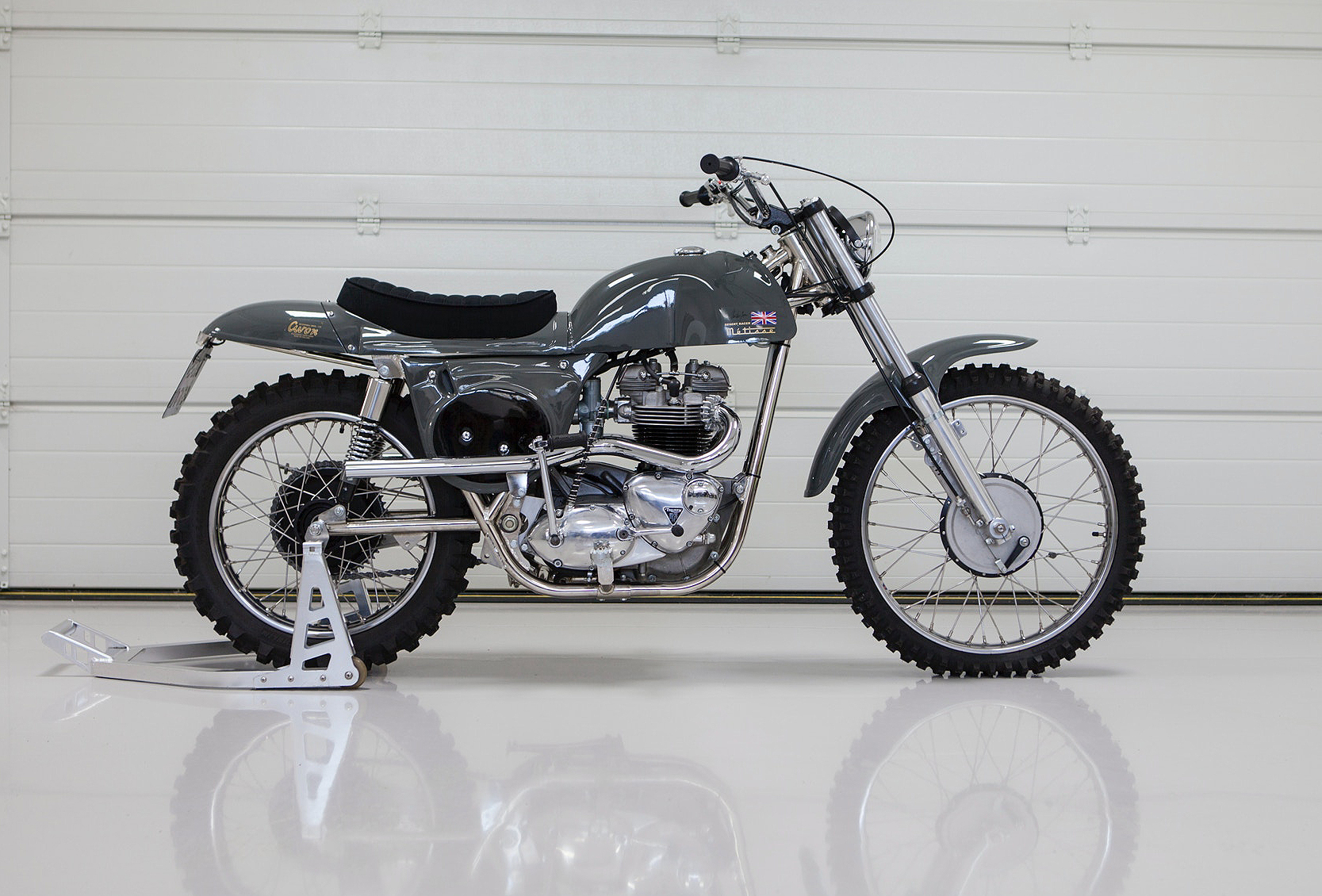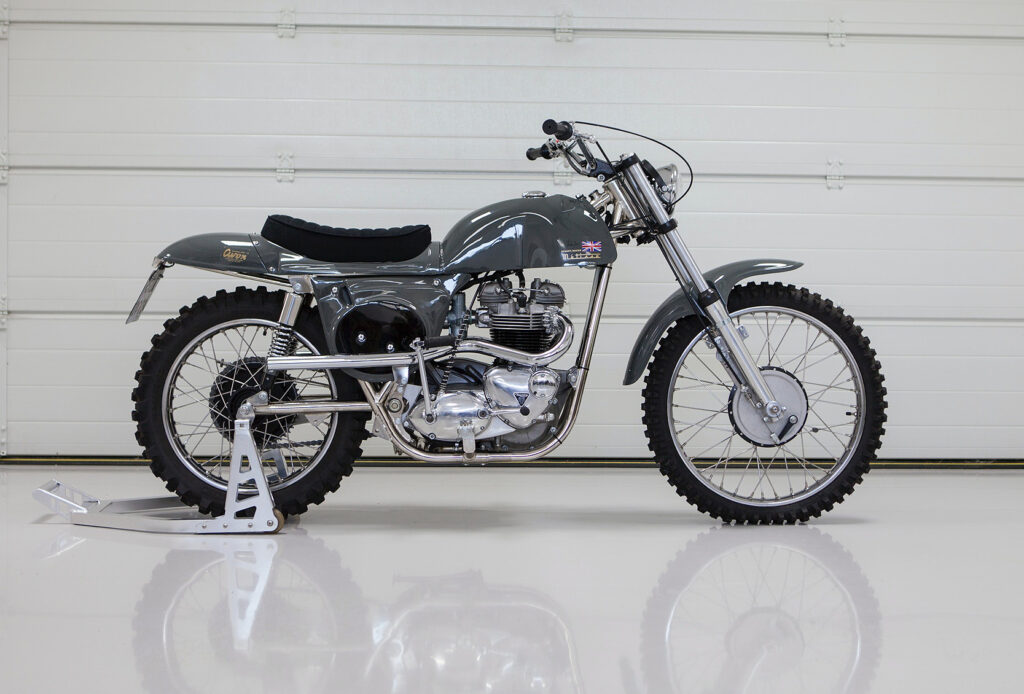
At the height of the ’60s counterculture you were either hip or a square and never the twain shall meet. But one man crossed the divide. he was everybody’s “King of Cool” and it made him the highest-earning movie star in the world. But Steve McQueen wasn’t just a Hollywood actor, he was a child of the Depression, a Marine, a pilot, an avid car collector and a racer on two-wheels and four. So, when he proclaimed “This rig is the best handling bike I’ve ever owned”, the makers of that motorcycle got an endorsement money just can’t buy. But the story of that bike is as complex and cool as the man himself, and this stunning motorcycle, The McQueen™ Desert Racer by Metisse Motorcycles is one of just 300 built to honour that incredible tale.
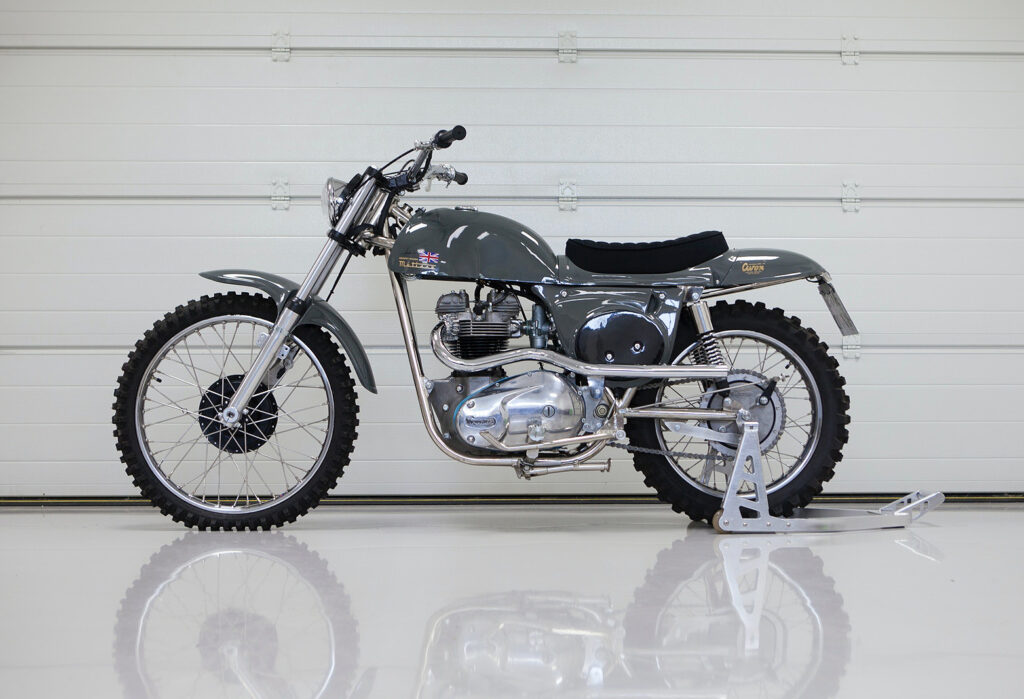
The journey to the creation of one of the most iconic race bikes ever built starts a long long way from Hollywood, California. Across the pond in the UK during the ’50s, Derek and Don Rickman were brothers successfully racing in the local motocross and scrambles scene. But unlike today where you can walk into any dealer and buy a bike with all the bells and whistles, ready for some serious dirt track madness, there just really wasn’t much on offer, especially in the large capacity category. So the brothers simply built their own bikes, and with the success of their racing program, Rickman Motorcycles was a booming success, evening earning the pair a Queen’s Award.
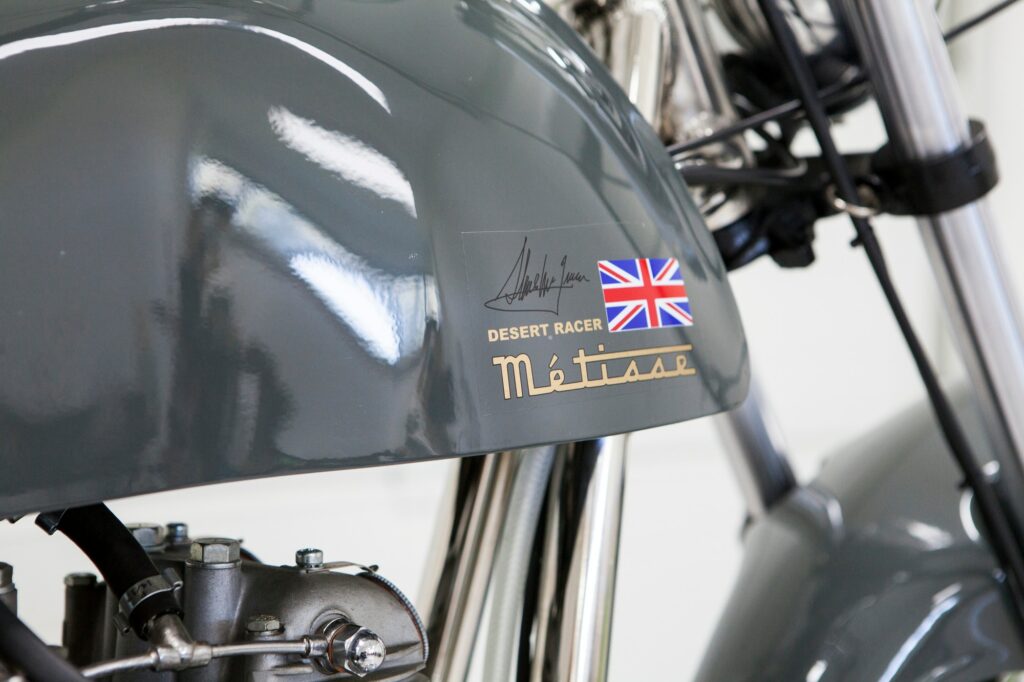
One of the key problems at the time was that major manufacturers would not supply engines to racers, and the frames of the major manufacturers just really weren’t that good. So, the Rickman’s built frames, absolutely brilliant ones, first for engines including Triumph twins, BSA singles and Matchless and by the 1970s they were selling chassis kits for Japanese bikes like the Honda CB750 and Kawasaki Z1. Their success then allowed them to create a complete series of motorcycles which started with the Mk1 and were offered under the ‘Metisse’ name, which loosely translates to mongrel.
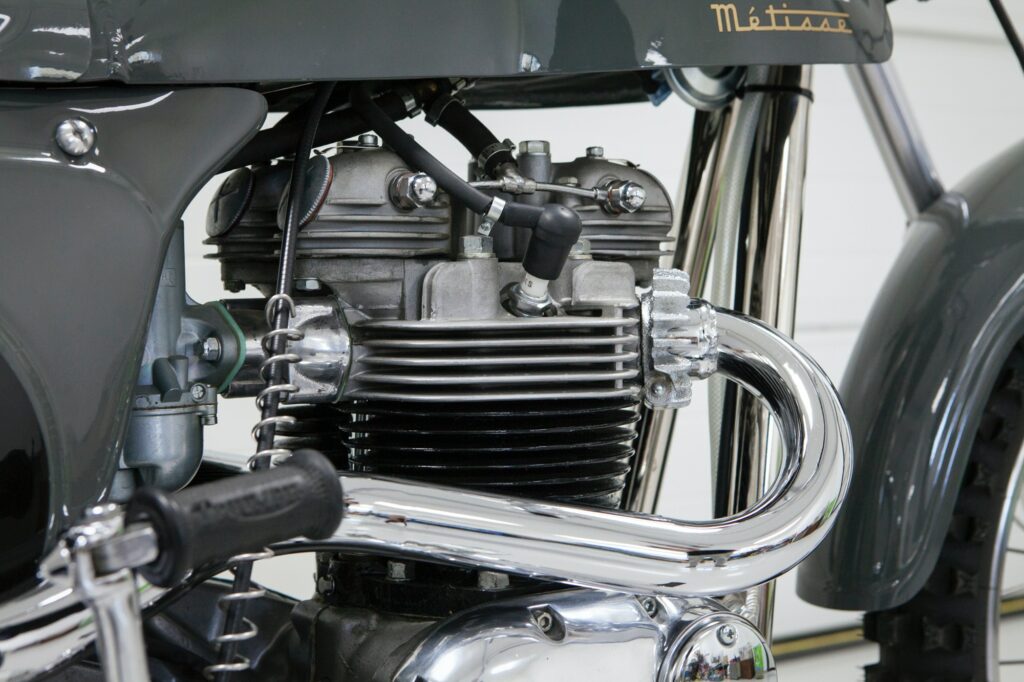
Having conquered all there was to achieve in Britain, the brothers from Oxfordshire set their sights on the desert racing scene on the other side of the Atlantic and began exporting their motorcycles in small numbers. It was one such example that caught the eye of racer, mechanic and stuntman for Steve McQueen, Bud Ekins. He and his own brother Dave loved the product so much, that they became the official US importers of the Metisse frame kits. Bud of course was the man who made the jump in The Great Escape and did some of the driving for McQueen in Bullitt. So, when Steve made a visit to his shop in search of a new race bike, Bud had a twinkle in his eye.
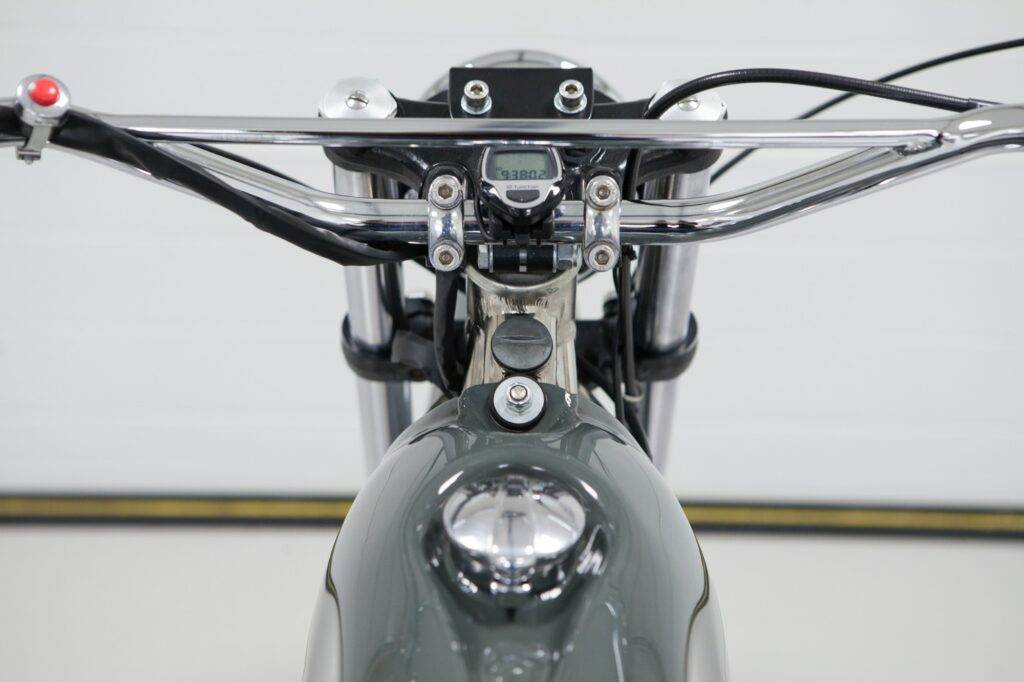
Together they built the Metisse Desert Racer, based on the Mk3 by Rickman, and it became McQueen’s most beloved motorcycle of any in his collection. Not just because it rode so well and was brilliant out in the sand, but because it was built by Bud to McQueen’s exacting specs. The Rickman’s would go on to do other things, the Metisse name changed hands many times over and the great actor passed away in 1980. But then in recent years, the current owner of the Metisse Motorcycles brand, Gerry Lisi, collaborated with McQueen’s Estate in 2008 to create an endorsed, limited run of 300 ‘Steve McQueen Desert Replicas’, which were slowly built one at a time.
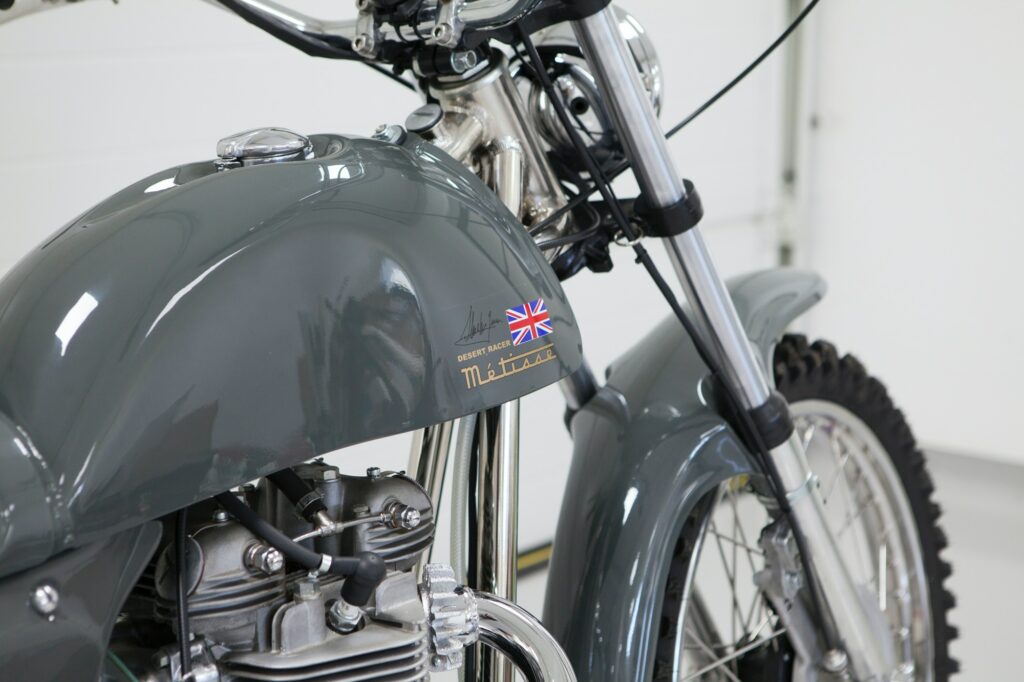
This example is number 121, the number 1 plated bike was acquired by McQueen’s son, Chad, and each is spec’d exactly as McQueen had his built all those years ago. It starts of course with that gorgeous Rickman frame, brazed 4130 chrome moly tubing that is then nickel plated. The swingarm too is brazed 4130 chrome moly, and these two parts alone are a piece of engineering art. Having started at the time when post-war steel frames flexed, stretched and snapped, the Rickman product gives the bike its incredible handling and delivers exacting feedback to the rider. And strength was a key priority for McQueen, especially when it came to desert racing.
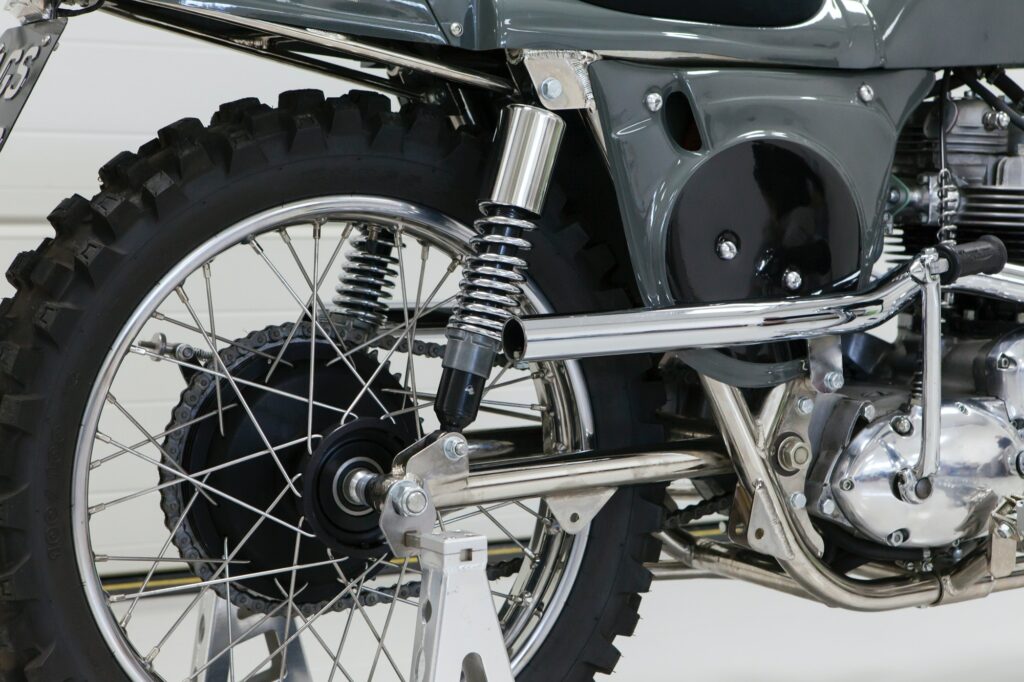
“It’s real important for me,” McQueen stated in 1966, “because I’ve hit bumps so hard sometimes that I’ve actually bent the handlebars”. For this reason, he had a very specific front-end combination pieced together by Bud which is identical on the replicas. Attached to the frame is a set of BSA clamps, known at the time for being superior to the other British products.
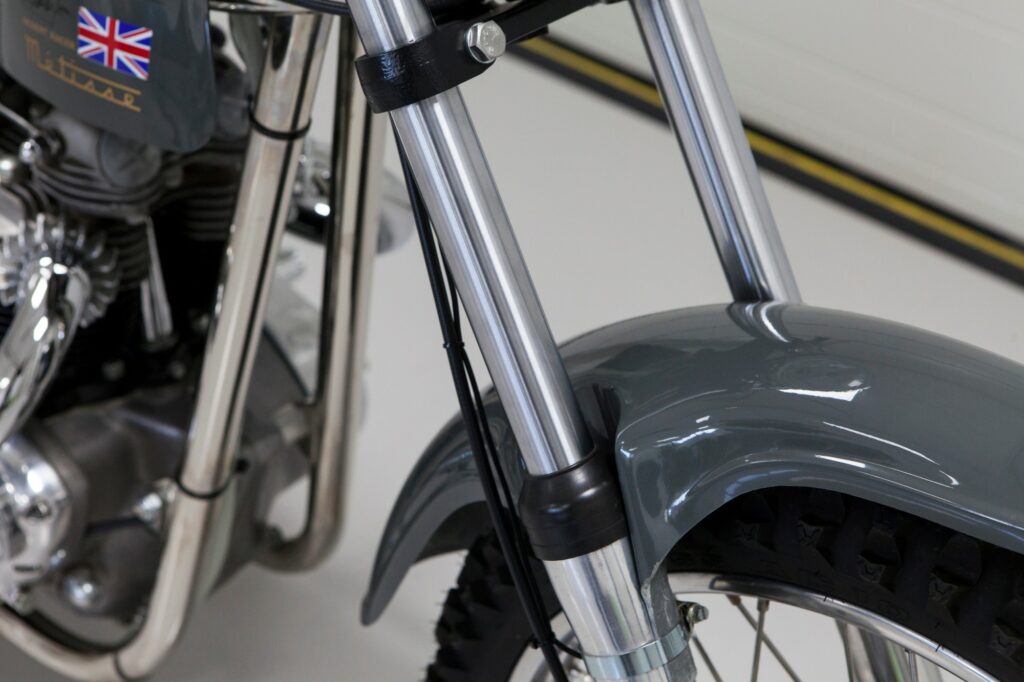
Then dropped through these are a set of Italian made 35mm Ceriani forks. The rear gets Girling reproduction shocks and a 7-inch Triumph front brake is the main stopping power. The rims are 21in at the front and 18in at the rear, and Mitas rubber looks the part and does the job superbly.

The bodywork is the signature visual statement and would you believe, another set of brothers were involved, originally produced by the Mitchenall’s of Avon Fairings. Today five pieces of GRP are used to create the look and are finished in McQueen’s signature Battleship Grey.
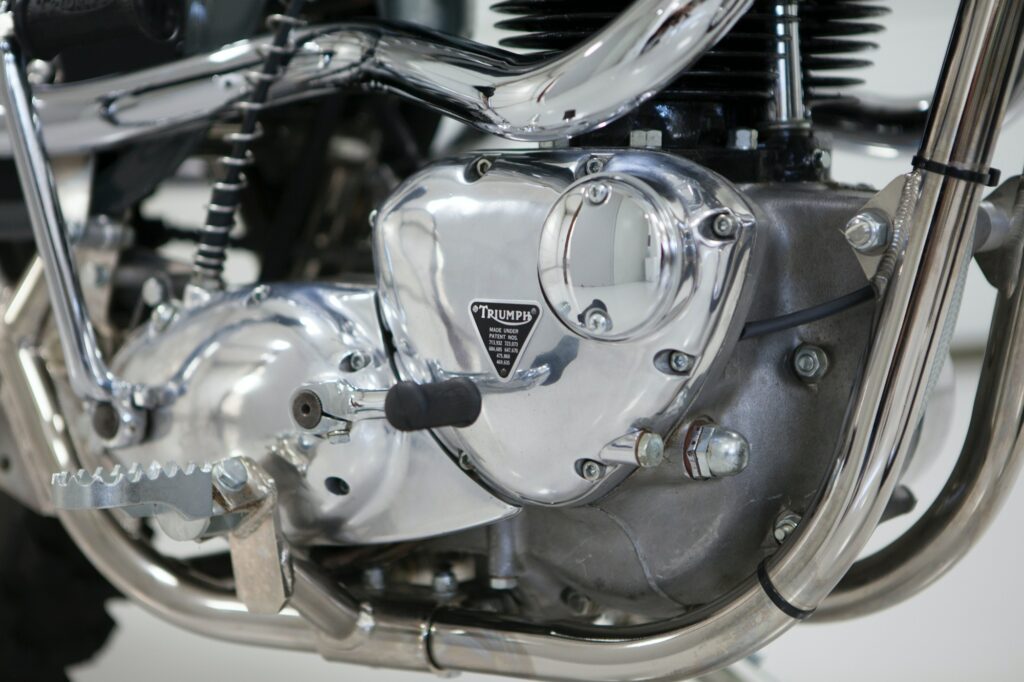
The engine is a period-correct Triumph 650cc twin running through a four-speed box and sporting a single Amal carb. Of course, Bud built his own engines including for Steve, and the exact specs were a closely guarded secret. But the authenticity of the replicas is exceptional, right down to the solidly mounted foot pegs with aluminium controls.
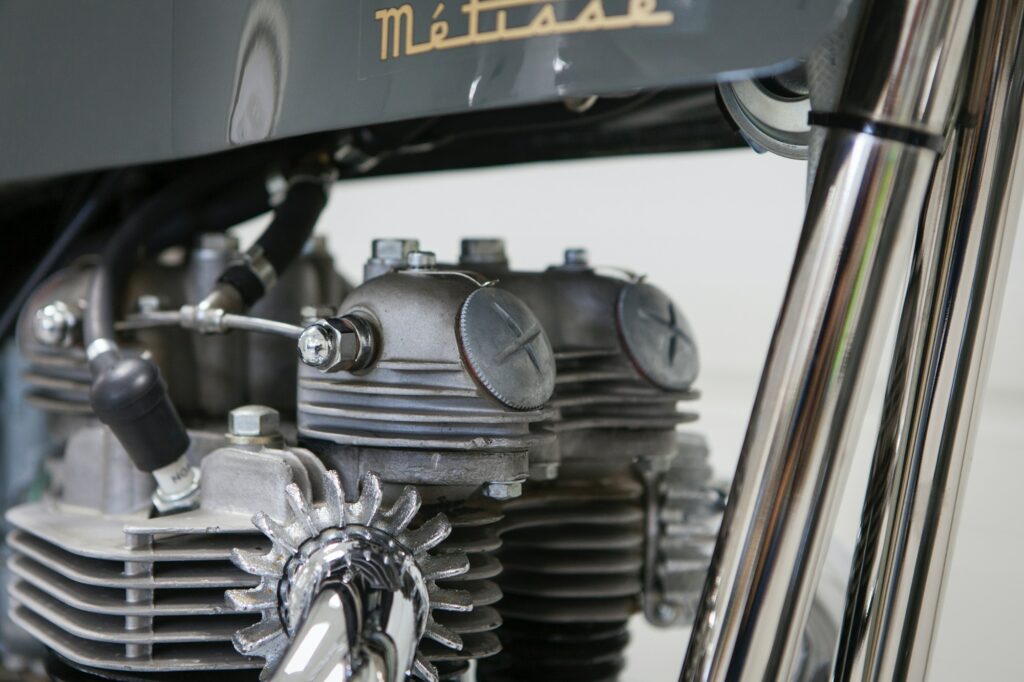
At just 135kg dry and with 50bhp on tap, the thing was and is a rocket out amongst the ruts and sand dunes, but all these years later, very few motorcycles are as simply beautiful as a Metisse Desert Racer.
This stunning Steve McQueen Desert Racer is up for auction on Collecting Cars, so if you want one of the coolest bikes ever built with zero miles on it, you know what to do.
[ Collecting Cars ]

